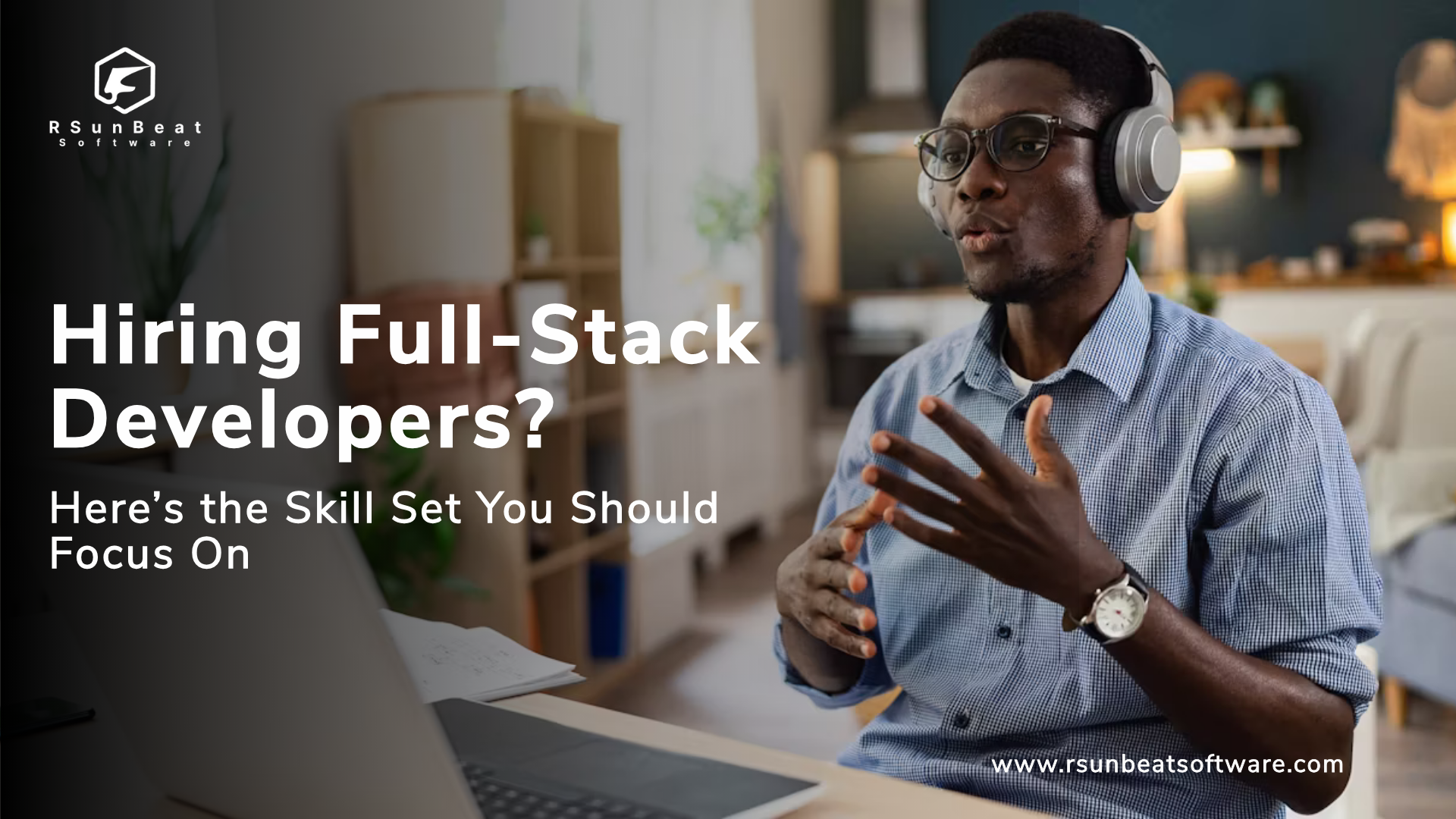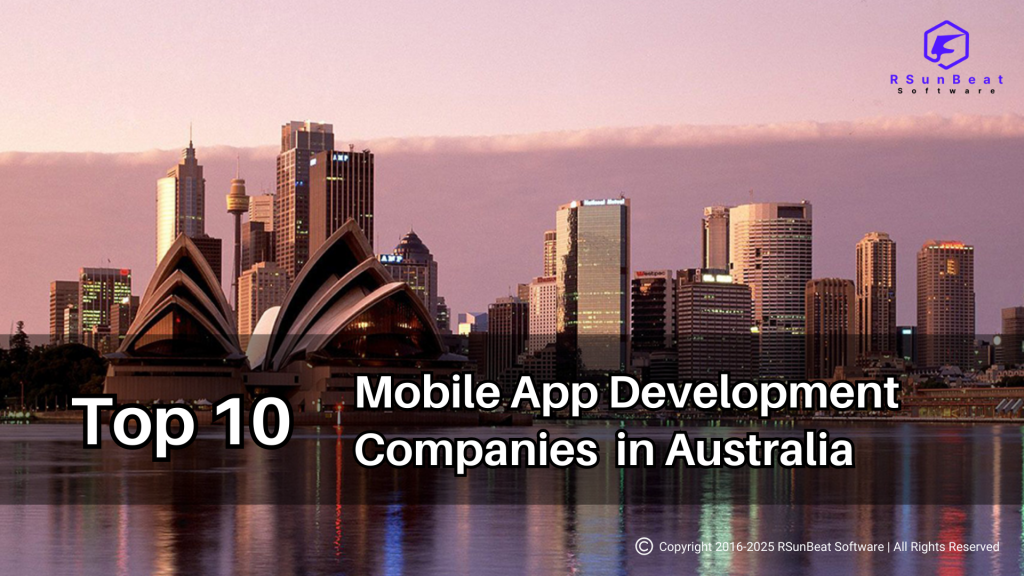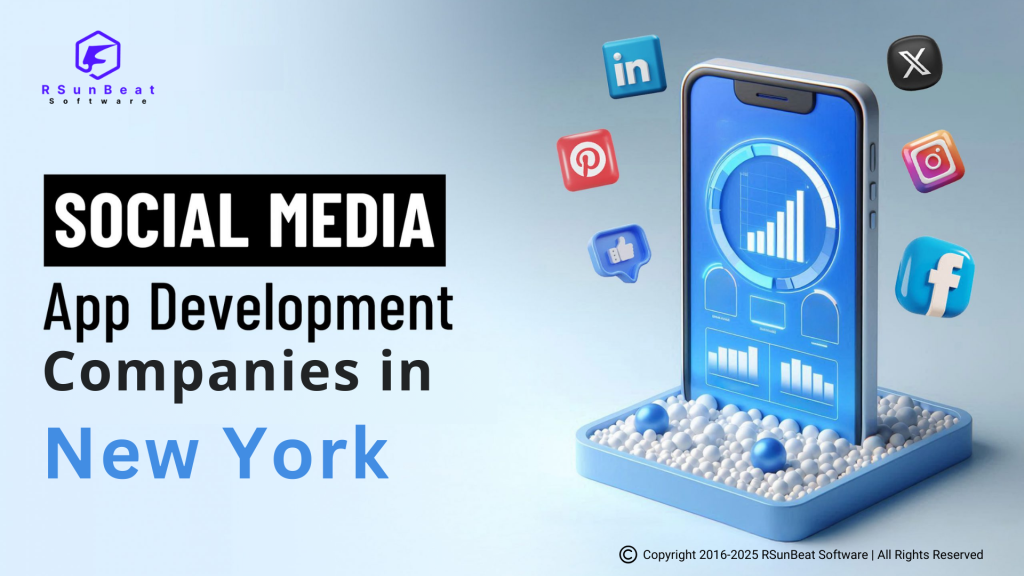
Hire Full-Stack Developers in 2026—Top Skills, Tools & Hiring Guide for Businesses
Introduction
Why Full-Stack Developers Are the Backbone of Digital Success in 2026
In 2026, the demand for skilled full-stack developers has reached an all-time high as businesses race to innovate faster, scale smarter, and stay competitive in the age of AI-assisted development and cloud-native applications.
Gone are the days when companies hired separate teams for frontend and backend. Today, full-stack engineers are the bridge between design, development, DevOps, and AI automation — capable of managing everything from the user interface to cloud infrastructure.
Whether you’re a startup building your first MVP or an enterprise scaling global platforms, hiring the right full-stack developer can define your product’s success.
The Rising Demand for Full-Stack Developers in 2026
According to Statista’s 2026 IT Workforce Report, full-stack development ranks among the top 3 most in-demand tech roles worldwide, growing over 28% YoY.
Key market highlights:
USA & Canada: High demand for React, Node.js, and cloud-native app developers.
UK & Europe: Growing need for privacy-compliant, AI-integrated full-stack applications.
India: A leading hub for offshore and remote full-stack talent with global certifications.
UAE & Singapore: Increased hiring for logistics, FinTech, and SaaS-driven ecosystems.
The trend is clear — businesses are shifting toward hybrid development models, combining in-house leadership with offshore full-stack specialists for cost efficiency and round-the-clock delivery.
Step 1—Define Your Project Requirements Clearly
Before you begin hiring, define exactly what your project needs. Full-stack developers come in various skill profiles:
MERN Stack (MongoDB, Express, React, Node) for high-performance web apps.
MEAN Stack (MongoDB, Express, Angular, Node) for enterprise-grade web systems.
Python + React/Next.js for data-driven and AI-integrated platforms.
Serverless + Cloud (AWS, Azure, GCP) for scalable SaaS or API-first solutions.
Clearly outlining your stack, integration needs, and scalability goals helps you attract developers who align perfectly with your tech roadmap and business vision.
Step 2—Evaluate Core Technical Skills
A great full-stack developer in 2026 is more than a coder — they’re an architect, problem solver, and systems thinker. Here’s what to look for:
🔸 Frontend Expertise
React, Next.js, Vue, or Angular
Responsive UI/UX design principles
Progressive Web App (PWA) development
🔸 Backend Mastery
Node.js, Django, Spring Boot, .NET Core
API development (REST, GraphQL, WebSocket)
Authentication, microservices, and security patterns
🔸 Database & Cloud
PostgreSQL, MongoDB, Firebase
AWS Lambda, Azure Functions, or Google Cloud Run
CI/CD pipelines with Docker & Kubernetes
🔸 Emerging Skills for 2026
AI-assisted coding (GitHub Copilot, ChatGPT for Devs)
Edge computing and serverless architecture
Blockchain integration and data tokenization
Hiring developers who understand the full ecosystem ensures your product scales without technical debt or downtime.
Step 3—Assess Problem-Solving & Real-World Experience
Beyond technical ability, you need developers who can translate complex problems into efficient, scalable solutions.
Ask candidates to walk through:
How they’ve optimized performance in real-world apps.
Their approach to debugging, testing, and deployment.
How they handle version control, team collaboration, and DevOps cycles.
Pro tip: Include a live coding test or pair programming session focused on your actual business use case (not textbook problems).
Step 4—Prioritize Cultural Fit & Communication
In 2026, soft skills are as vital as coding skills—especially for distributed and hybrid teams.
A great full-stack developer should:
✅ Communicate clearly with designers, PMs, and clients.
✅ Adapt to time zone differences and agile workflows.
✅ Collaborate using modern tools (Jira, Slack, Notion, ClickUp).
✅ Be proactive in feedback and sprint planning.
Cultural alignment improves retention, reduces miscommunication, and drives long-term product consistency.
Step 5—Evaluate Tool Familiarity & Tech Adaptability
Ask candidates about their comfort with:
Version control: Git, GitHub, GitLab
CI/CD tools: Jenkins, CircleCI, GitHub Actions
Project management: Jira, Trello, Linear
Design collaboration: Figma, Zeplin
Testing: Cypress, Jest, Playwright
In 2026, AI-driven IDEs and code review tools are becoming standard — so developers should be comfortable working alongside automation to enhance productivity and accuracy.
Step 6—Watch Out for Common Red Flags
Avoid developers who:
❌ Claim expertise in every technology (a red flag for shallow knowledge)
❌ Lack deployment or cloud experience
❌ Deliver inconsistent documentation or testing coverage
❌ Avoid communication or feedback loops
Your goal should be to hire versatile professionals, not generalists with surface-level exposure.
Step 7—Where to Hire Full-Stack Developers in 2026
Depending on your budget, timezone, and project scale, here are your best hiring markets:
USA (San Francisco, Austin, Seattle): High innovation but premium costs.
Netherlands & Germany: Strong enterprise developers with GDPR expertise.
India: Cost-efficient and globally skilled remote developers.
UK & Canada: Best for hybrid collaboration and bilingual teams.
UAE & Singapore: Rapidly emerging FinTech & SaaS developer ecosystems.
Offshore and nearshore hiring remains a smart choice in 2026, blending affordability with 24/7 productivity.
Step 8—Why Partnering with a Full-Service Development Company Works Best
Instead of hiring freelancers individually, many businesses in 2026 prefer partnering with full-stack development companies that provide:
End-to-end delivery (UI/UX, backend, QA, DevOps, SEO).
Transparent pricing with flexible engagement models.
Proven agile frameworks and faster go-to-market timelines.
Access to diverse talent under one roof.
This model ensures stability, accountability, and scalability — especially for startups and enterprises expanding globally.
✅ 2026 Full-Stack Developer Hiring Checklist
Before finalizing your hire, make sure your candidate or partner checks all the boxes:
| Criteria | Why It Matters |
|---|---|
| Technical Depth | Ability to handle frontend, backend, and cloud with equal confidence |
| AI Familiarity | Efficient coding with modern AI-assisted tools |
| Security Knowledge | Compliance with GDPR, CCPA, and SOC 2 |
| Communication | Strong collaboration and agile adaptability |
| Cultural Fit | Alignment with company mission and workflow |
| Proven Track Record | Demonstrated success in real-world projects |
Conclusion
Building Your Future with the Right Full -Stack Partner
In 2026, the right full-stack developer isn’t just someone who writes clean code—it’s someone who understands your business goals, adapts to emerging tech, and collaborates to deliver measurable growth.
Whether you’re building a SaaS platform, logistics app, or enterprise-grade solution, choosing the right talent or development partner can fast-track your digital success.
Looking to hire top-tier full-stack developers for your next project?
RSunBeat Software offers dedicated full-stack teams equipped with the latest technologies, agile workflows, and proven delivery models to help your business grow faster.
📞 Get a free consultation today and explore how we can build your next digital success story—from MVP to enterprise scale.
Testimonials ~
What Our Clients
Are Saying
Your trust drives our passion. Here’s how we’ve helped businesses like yours thrive with tailored solutions and unmatched support.

Hussein Termos
CEO
“RSunBeat Software is a top-tier web development company for the real estate industry. They delivered a user-friendly, customized platform that met our needs perfectly. Their innovative solutions, on-time delivery, and excellent support made the process seamless. Highly recommended for exceptional development services!”

James Carten
Founder & CEO
“Before working with RSunBeat Software, our real estate business faced issues with unreliable mobile apps, poor user experiences, and missed deadlines. RSunBeat delivered a seamless, high-performing app with excellent functionality, intuitive design, and timely execution, transforming our operations. Their expertise and dedication make them a trusted partner.”

Darla Shewmaker
VP of Marketing
“RSunBeat Software developed a great, user-friendly mobile app that exceeded our expectations. The team was extremely professional, kept us updated throughout the process and completed the work on time. Their expertise and dedication made the whole project seamless. We highly recommend RSunBeat for their great work and reliability!”

Nicholas Toh
Project Manager
“RSunBeat Software delivered an amazing web and app development experience. Their team was highly professional, detail-oriented, and dedicated to bringing our vision to life. The final product was seamless, user-friendly, and exceeded our expectations. We highly recommend them for top-notch development services!”
Our Technology Experts
Are Change Catalysts
Mail to Our Sales Department
info@rsunbeatsoftware.com
Our Skype Id
Rsunbeat Software


